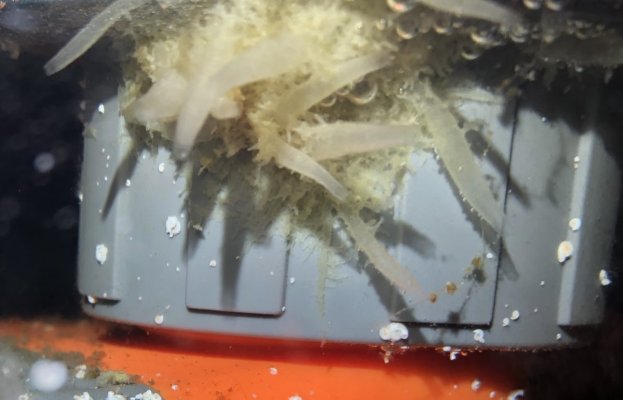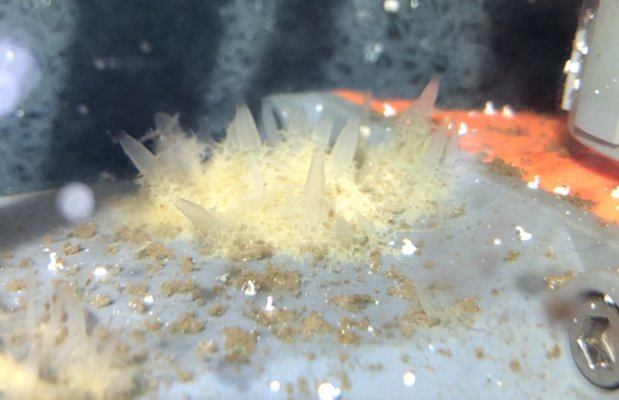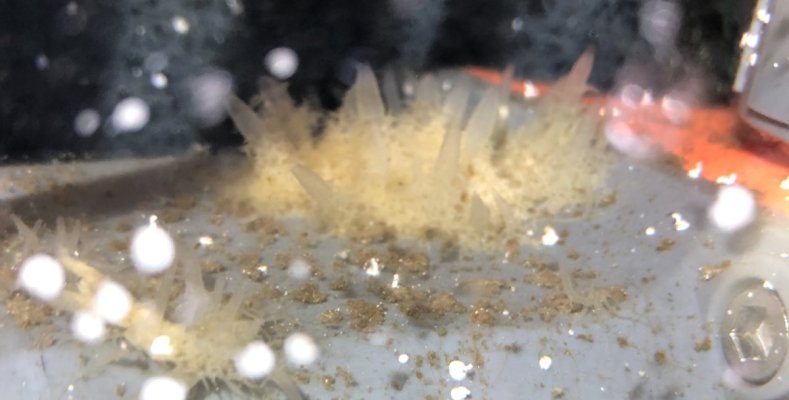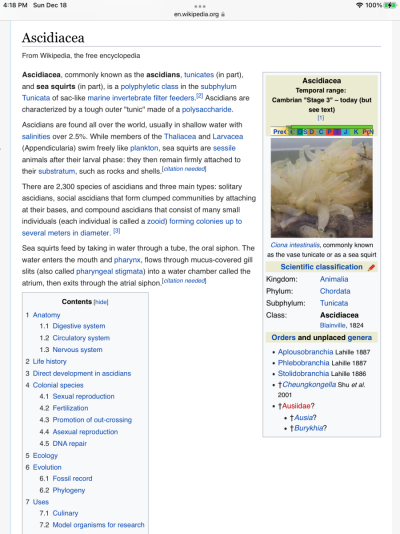Navigation
Install the app
How to install the app on iOS
Follow along with the video below to see how to install our site as a web app on your home screen.
Note: This feature may not be available in some browsers.
More options
You are using an out of date browser. It may not display this or other websites correctly.
You should upgrade or use an alternative browser.
You should upgrade or use an alternative browser.
ID please, sponge?
- Thread starter TWYOUNG
- Start date
- Tagged users None
Pineapple sponges, good for your tank.
Yeah, those are sponges - harmless filter feeders.
vetteguy53081
Well known Member and monster tank lover
View Badges
Partner Member 2024
Excellence Award
Reef Tank 365
RGB
Article Contributor
Tampa Bay Reef Keepers
West Palm Beach Reefer
Hospitality Award
Ocala Reef Club Member
305 Reef Club
Wisco Reefers
Midwest Reefer
Fish Medic
MAC of SW Florida
Rock Pool Reef Keepers
R2R Secret Santa 2023
My Tank Thread
My Aquarium Showcase
These are not pineapple sponge but rather poriferan type clatherina sponge and what looks like a few tunicates. The clatherina can become invasive as it spreads at a good pace
Pineapple sponges are from the genus Sycon - The more common pineapple sponges in our tanks can pretty easily be ID’ed by sight (short, round, spiky/fuzzy, has a little spiky crown/funnel looking thing around the opening). Some other pineapple sponge species are much harder to differentiate, and - like many (likely most) sponge species alive - may require microscopic examination and/or DNA testing to actually ID accurately. These sponges in the pics are fuzzy, but they lack the typical “pineapple crown” around the opening, so, they might be pineapple sponges or they might not.
Personally, I wouldn’t feel comfortable giving an ID beyond just saying they’re sponges, as these ones just don’t have enough obviously unique characteristics that I can see to ID from.
Anyway, here’s a good Sponge ID resource for anyone who’s interested- as mentioned, though, sometimes DNA is the best indicator for telling sponges apart:
And, here’s a decent example of why sponge ID by non-microscopic sight is not always reliable:
Personally, I wouldn’t feel comfortable giving an ID beyond just saying they’re sponges, as these ones just don’t have enough obviously unique characteristics that I can see to ID from.
Anyway, here’s a good Sponge ID resource for anyone who’s interested- as mentioned, though, sometimes DNA is the best indicator for telling sponges apart:
And, here’s a decent example of why sponge ID by non-microscopic sight is not always reliable:
How does it spread? Will it move from the sump to the display? Should I do anything about it and does anything eat it?These are not pineapple sponge but rather poriferan type clatherina sponge and what looks like a few tunicates. The clatherina can become invasive as it spreads at a good pace
It most likely won't move from the sump to the display, but depending on your setup, it's technically possible that it could. Sponges are harmless filter feeders, so unless they're smothering your corals or something similar, I'd personally just leave them. With regards to if anything eats them, see my quote at the bottom of this response.How does it spread? Will it move from the sump to the display? Should I do anything about it and does anything eat it?
The things on that Wikipedia page are tunicates (also called ascidians or sea squirts) - they're similar to sponges, but they're different (and not related taxonomically). The things in your tank are definitely sponges, not tunicates (you can tell pretty easily in this case if for no other reason than because the mass they are all growing from is very - for lack of a better word - chaotic and root-like, with more sponges growing off of the sponges themselves rather than just growing from the same base like tunicates would).Thanks for pointing me in the right direction. I believe I have found it!
The on things eating sponges:
Just to put this out there - the problem with using biological controls (i.e. something that eats it) with sponges is that there are a ton of different sponges, some of which look indistinguishable from others. Some of these sponges are inedible or extremely undesirable foods to some species (either because of chemical defenses* or just because of taste preferences) while being highly desirable to other species. So, even if you pull in a known sponge-eating species of fish/starfish/whatever, there's no guarantee it will eat the sponge you want it to eat. Also, many of these sponge-eating species eat other things (like coral) that you might not want them eating.
Long story short, manual removal is probably your best option for sponges until more study has been on both specific sponges and specific sponge-eaters, but you can try it if you want.
*Just as a note on the chemical defenses of sponges, many sponges produce chemicals to avoid being eaten. Some of these chemicals are more generalized, some of them are specifically anti-fish, some are specifically anti-echinoderm (starfish, urchin, etc.), etc. So, again, some things might eat one sponge but not another, and because of the whole indistinguishable thing mentioned above, the sponges that are and are not being eaten may look pretty much identical (some may be distinguished/ID'ed under microscopic investigation, others may need to be DNA tested to be distinguished/ID'ed).
Just my two cents here.
Similar threads
- Replies
- 6
- Views
- 184



















